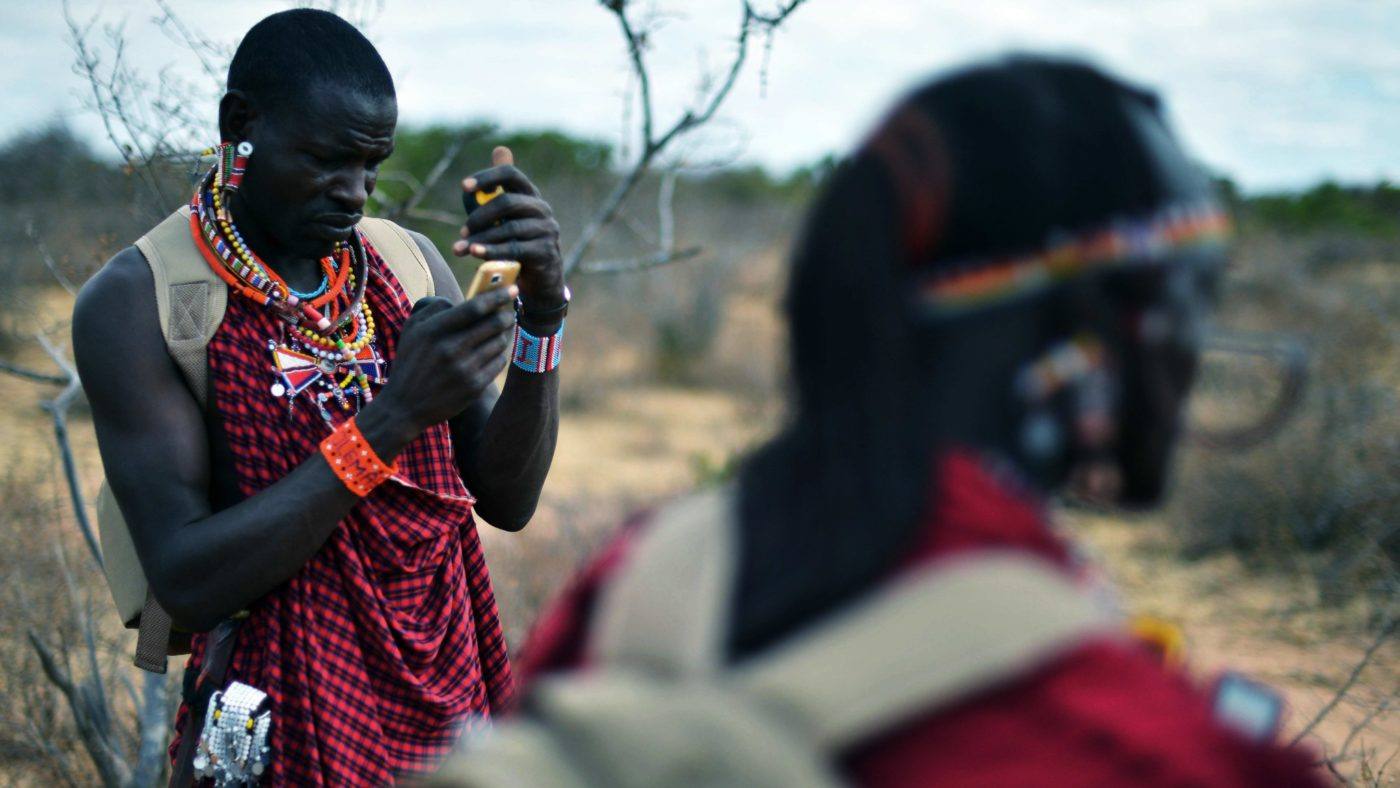During the recent Global Entrepreneurship Congress – which took place for this first time in Africa this year – I was interested to hear from a young woman named Shivani Siroya.
Shivana is the founder of Tala Mobile, a company that offers micro-loans in Kenya and Tanzania. Tala has an intriguing premise: the company believes it can evaluate your credit worthiness by looking at your routine and every day habits. Using a smartphone app, Tala looks at your network of contacts, the places you visit during the day, who you contact regularly and what kind of payments you make.
And it seems to be on to something. To date, Tala has sent over $20 million in loans to 150,000 users’ smartphones – and has a re-payment rate of 90 per cent.
In sub-Saharan Africa, only 34 per cent of the adult population have a bank account. Due to challenges around infrastructure and a general lack of access, organisations such as Tala have had to find new and creative ways of delivering services to the public.
Technology and the internet are playing a pivotal role in bridging these infrastructural gaps. Because of their ability to provide services remotely, traditional methods are being replaced with more innovative and efficient approaches that foster inclusive growth.
When Microsoft 4Afrika launched its first TV white spaces pilot in Nanyuki, Kenya, in 2014, we knew the potential that access to the internet had to promote economic development, entrepreneurship and employment.
However, in perhaps the same way mobile phone providers didn’t predict the rise of M-PESA, we didn’t predict the revolutionary new business models we would see emerging.
Start-ups are using internet connectivity to transform various sectors in lots of unexpected ways. Below are a few of my favourites.
Transforming energy
Internet connectivity is making access to electricity more accessible, affordable, cleaner and personalised.
In Africa, an estimated one of three people have access to electricity, while those who do have access are often burdened by frequent outages are high costs. Start-ups such as Strauss Energy, M-KOPA Solar and CHIFCO are all changing this.
Strauss Energy have developed an energy-generating roof tile technology, which allows them to sell electricity to consumers at 75 per cent cheaper than the national grid. M-KOPA Solar have combined their solar technology with the power of mobile and cloud, allowing users to purchase electricity on a pay-as-you-go model, meaning they can manage their spend and develop a credit rating. At the same time, M-KOPA are able to generate powerful data around consumption behaviour, device life and weather patterns.
While M-KOPA allows users to manage their spend, CHIFCO leverages the Internet of Things to allow users to manage their consumption, in real-time, and rewards them for using energy wisely. When demand on the grid is high, connected users receive an alert asking them to shut down whatever device of theirs is using the most power. After doing so, the system rewards them with points, which can later be redeemed for tablets, phones, internet of electricity equal to their energy savings.
Transforming maternal care
Internet connectivity is also transforming maternal care in Africa, not only in times of illness, but for general monitoring and prevention as well. Annually, there are an estimated 200,000 maternal deaths worldwide, with 60 per cent of these in sub-Saharan Africa.
In Lobatse, Botswana, we are working with Vista Life Sciences to provide an internet-based telemedicine service targeted at female patients. Because Lobatse is a small town about 70 kilometres away from the nearest hospital, this internet connectivity means patients can be diagnosed and treated remotely. Cervical scans and tests can be shared wirelessly with medical professionals, who can then consult with the patient using video conferencing services.
Similarly, WinSenga is a start-up that has built a portable smartphone-based tool, which allows midwives to monitor pregnancies and labour more quickly, easily and at a fraction of the cost of traditional ultrasounds. The tool connects with the cloud to collect, store and analyse results in real-time.
Transforming conservation
In Africa, rhino poaching is an ongoing challenge. Since 2008, poachers have killed an estimated 5,940 African rhinos. In the past, these animals have been tracked using radio collars and satellite uplinks. However, connecting these animals to the internet is proving to be more effective, especially when using TV white spaces technology, which can reach far enough to keep up with the animals’ wide-ranging roaming habits.
In Ol Pejeta, one of the largest conservancies in East Africa, we are working with the organisation Flora and Fauna to combine small TV white spaces transmitters with cloud technology and machine learning to not only track endangered species in real-time, but also better understand their natural behaviours.
Although the dominant use for internet in Africa is to access social media, innovation around the technology is growing. This innovation will only continue to grow, as internet penetration and digital skills improve. To quote Michael Dell: “Technology is unlocking human potential around the world.” It is not the potential of the internet that amazes us, but the potential of people who use it in unexpected – and extraordinary – ways.
This piece was originally published by the World Economic Forum


